WHAT IS A DATA STRATEGY?
WHAT IS A DATA STRATEGY?
A data strategy is a system that ensures all data resources are well positioned within your business. This means they can be used, shared and moved more easily and efficiently.
Data strategies ensure that all data is used like an asset. It is no longer just a by-product of processing. Data strategies provide a common set of goals and objectives, using standard methods, practices and processes. This enables you to manage, manipulate, and share data across the business.
At DPAS, we provide a comprehensive data strategy service to make your data more efficient.
See our data strategy case study or read on to learn more.

KEY COMPONENTS OF A DATA STRATEGY

identify
Identification of data and understanding of its meaning – regardless of structure, origin or location.
In order for data processing to be feasible, the data value requires a name, defined format, and value representation. All data has these features, whether it is structured or unstructured.
Establishing consistent data element naming, and value conventions, is core to using and sharing data.

Provision
Packaging data so it can be reused, shared, along with providing rules and access guidelines for the data.
Sharing data is no longer a specialised capability to be addressed by application architects and programmers. It has become a production business need. Businesses are dependent on data being shared and distributed to support both operational and analytical needs.
Previously when a request for data came up, an application developer created an extract by either creating a file and dumping that data in it, or building a one-off program to support another application’s request. The developer didn’t think about ongoing data provisioning needs, reuse or sharing. Today, data sharing is definitely not a specialised, or infrequent, need.

govern
Establish, manage and communicate information policies and mechanisms for effective data usage.
Whilst some companies have started to invest in data governance initiatives, most haven’t gotten very far!
Governance initiatives start by addressing specific issues, and are confined to specific organisations or project efforts. As governance awareness grows, and as data sharing and usage issues gain visibility, related initiatives often broaden in scope. As those initiatives expand, organisations may establish a set of information policies, rules and methods to ensure uniform data usage, manipulation and management.
Moving forward with a data strategy starts with identifying the strengths and weaknesses that exist within your data environment. We then identify an achievable and measurable set of goals that will improve data access and sharing.
The data strategy components above help you identify these goals within each individual discipline area. Every company has a unique combination of skills, and a different set of strengths and weaknesses.

Process
Moving and combining data residing in disparate systems, therefore providing a unified, consistent data view.
At the time of creation, data is raw. It has not been prepared or transformed to make it ready to use. The Process component of data strategy addresses the activities required to evolve data from a raw ingredient into a finished good.
A manufacturing process is needed to turn raw data into something that can be used. This is done using a series of small steps that transform, correct and format the data, often known as data cleansing.

store
Persist data in a structure and location that supports easy, shared access and processing.
Data storage appears simple, yet it is actually very complex. Most businesses have a means to store data, which is simple. Having an efficient plan, or system, to share or move data where businesses become unstuck.
As organisations have evolved and data assets have grown, it has become clear that storing all data in a single location is either difficult or impossible. More importantly, the size and distributed nature of our organisations makes loading data into a single platform impractical.
However, not every employee needs access to all of the company’s data; they only need access to data that will help them do their jobs.
SO, WHERE DO DPAS COME IN?
We can help you identify strengths and weaknesses in your organisation and, alongside your team, develop an efficient and bespoke data strategy. This will be designed to harness your specific organisation’s strengths and combat weaknesses.
